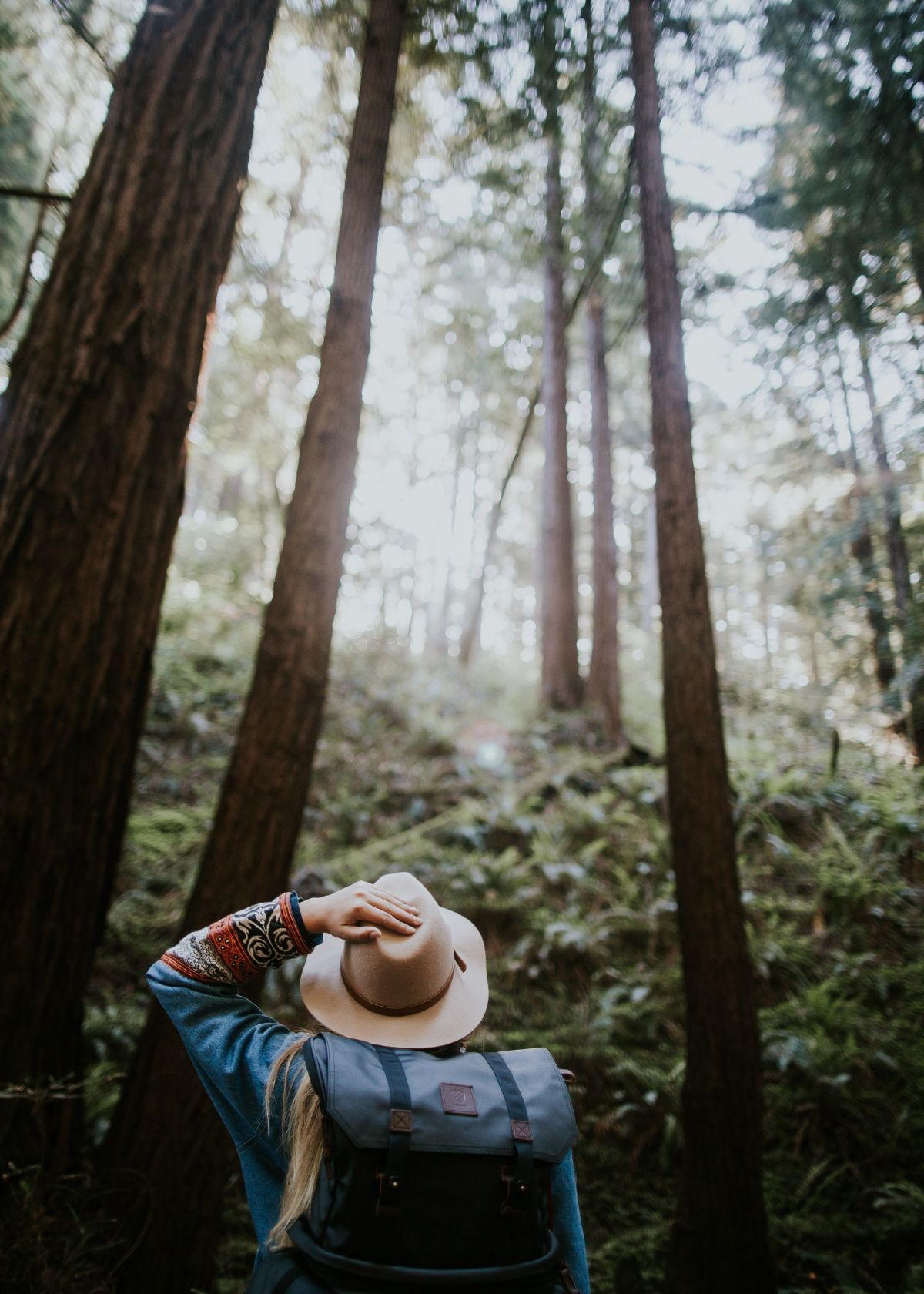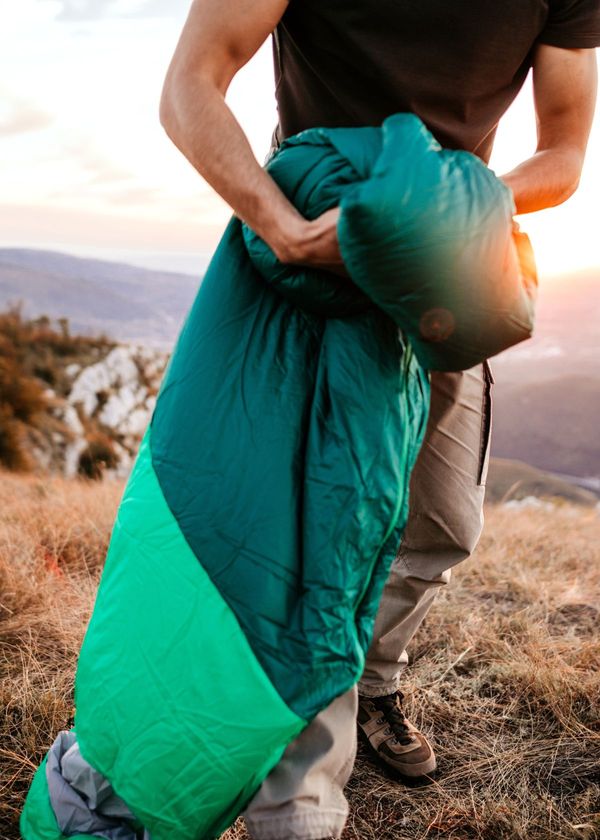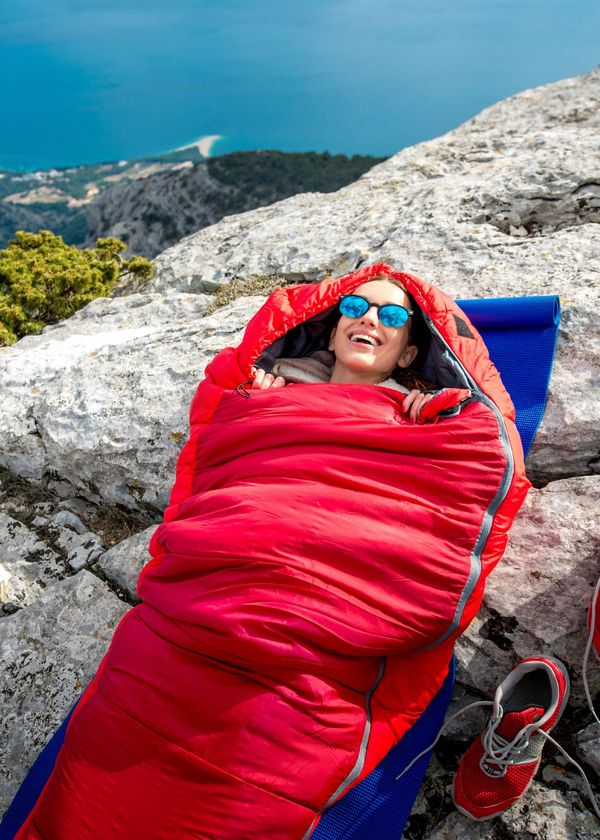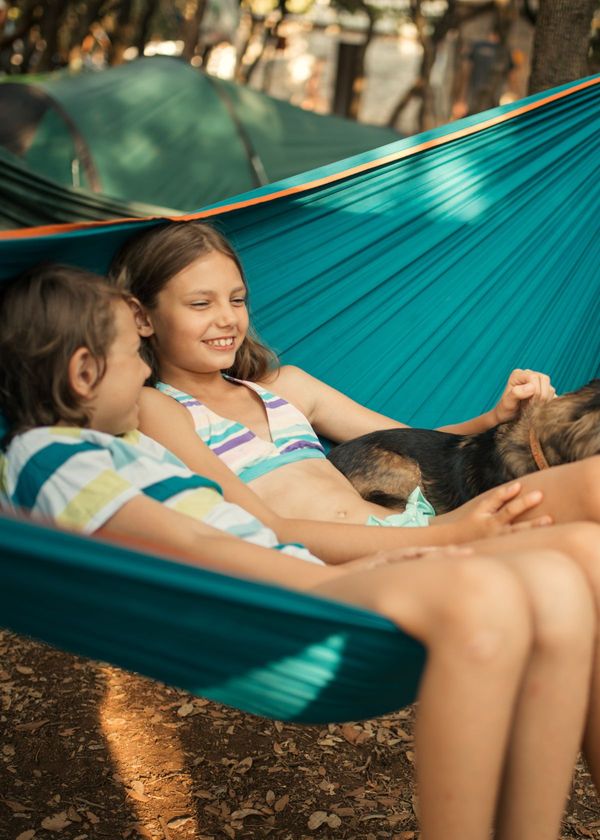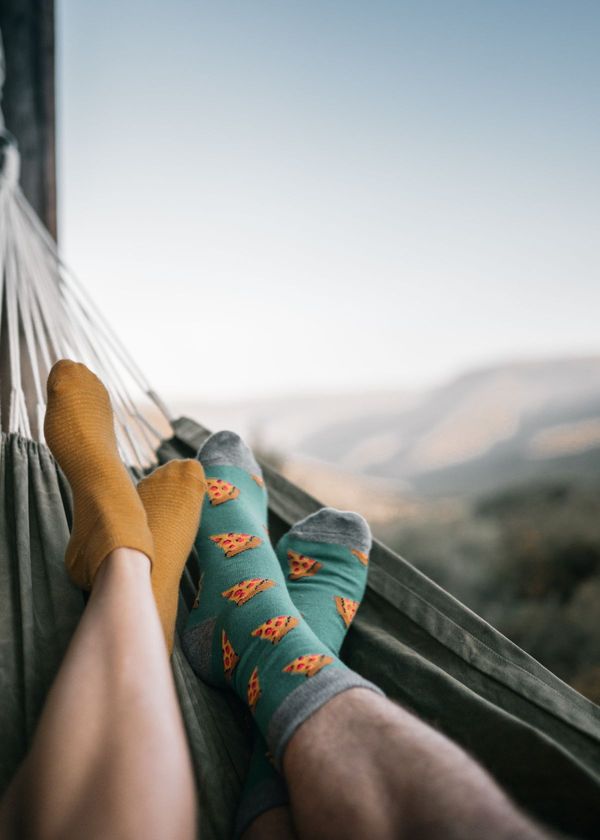You're out on a camping trip, enjoying the great outdoors, when suddenly, the weather takes a turn for the worse. The temperature drops and the wind starts to howl. You realize that you didn't bring a proper shelter, and now you're left with nothing but a camping blanket. What do you do?
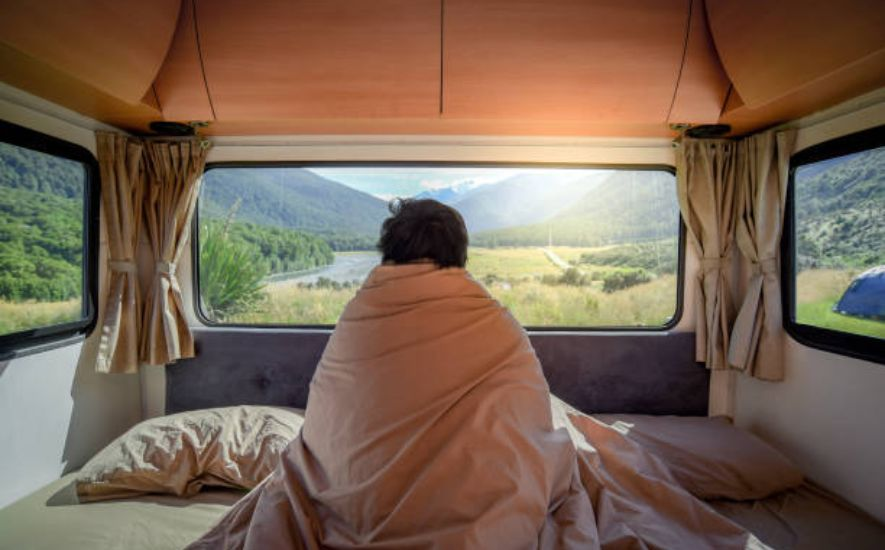
Believe it or not, a camping blanket can actually serve as a viable emergency shelter in situations like this. With a little creativity and resourcefulness, you can transform your humble blanket into a sturdy and reliable shelter that will keep you warm and dry, even in the harshest conditions.
In this guide, we'll show you how to use a camping blanket. We'll cover everything from the basic setup and construction to tips and tricks for staying comfortable and safe in your makeshift abode.
So if you're planning a camping trip or want to be prepared for emergencies, read on. With a camping blanket and a little ingenuity, you can weather any storm and emerge unscathed.

A Step-by-Step Guide to Creating an Emergency Shelter
When an unexpected disaster strikes, having a reliable and safe place to stay becomes a top priority. Whether you're preparing for a natural disaster, a sudden evacuation, or a camping trip in the wilderness, building an emergency shelter can mean the difference between survival and chaos.

Choosing the Right Location
The first step in building an emergency shelter is choosing the right location. You'll want to find a spot that is relatively flat and free from any potential hazards such as falling trees or flooding. Look for a location that is close to a water source but not too close to avoid the risk of flooding.
Gathering Materials
Next, you'll need to gather materials for your shelter. You can use a variety of materials, including natural resources such as branches, leaves, and rocks, or man-made materials such as tarps, ropes, and tents. Consider what type of shelter you want to build and gather materials accordingly.
Building the Frame
The frame is the foundation of your shelter, and it's essential that it's strong and sturdy. Start by creating a tripod structure using three long branches or poles. Tie them together at the top using a strong rope or cord. Then, add additional branches or poles to create the frame of your shelter. Make sure the frame is tall enough for you to sit up in comfortably.
Adding Insulation
Once you have your frame, it's time to add insulation to keep you warm and dry. You can use natural materials such as leaves, grass, bark, or man-made materials such as blankets or tarps. Layer the insulation on top of the frame, making sure to cover any gaps or holes.
Finishing Touches
Finally, it's time to add the finishing touches to your shelter. Add a layer of waterproof material, such as a tarp or plastic sheeting, to keep you dry. Use additional ropes or cords to tie down any loose materials and secure your shelter against strong winds. If you have a fire source, add a chimney to vent smoke and prevent carbon monoxide poisoning.

How a Camping Blanket Can Save Your Life
Camping is a great way to connect with nature and escape the hustle and bustle of everyday life. But when you're out in the wilderness, things can take a turn for the worst quickly.

The great outdoors can be unpredictable, from harsh weather conditions to unexpected accidents. That's why it's essential to be prepared with the right equipment, and a cheap mylar blanket is one such tool that can help you survive in the toughest situations.
Warmth is Essential for Survival
When you're camping, the temperature can drop dramatically at night, and staying warm is crucial to avoid hypothermia. A camping blanket is an excellent tool in your backpack as it provides the warmth you need to survive the coldest nights.
These blankets are made of high-quality materials that reflect heat and provide insulation, ensuring that you stay warm even when the temperature drops below freezing.
Protect Yourself from Harsh Weather
Camping blankets are not just for warmth; they can also protect you from harsh weather conditions. If you find yourself caught in a storm or heavy rainfall, a camping blanket can serve as a temporary barrier against the elements. You can use it to shield yourself from the rain, wind, or snow, keeping you dry and warm until the storm passes.
Shelter in a Pinch
A camping blanket can provide a temporary solution if you find yourself stranded without a tent or shelter. You can use the blanket to create a makeshift shelter by tying it between two trees or hanging it over a rope. This shelter can protect you from the sun, wind, and rain and even provide a place to rest until help arrives.
Signaling for Help
In a survival situation, it's essential to signal for help; a camping blanket can help you do that. Most camping blankets are brightly colored, making them easy to spot from a distance. You can use the blanket to signal for help by waving it in the air or laying it out on the groundsheet to create a visible marker.
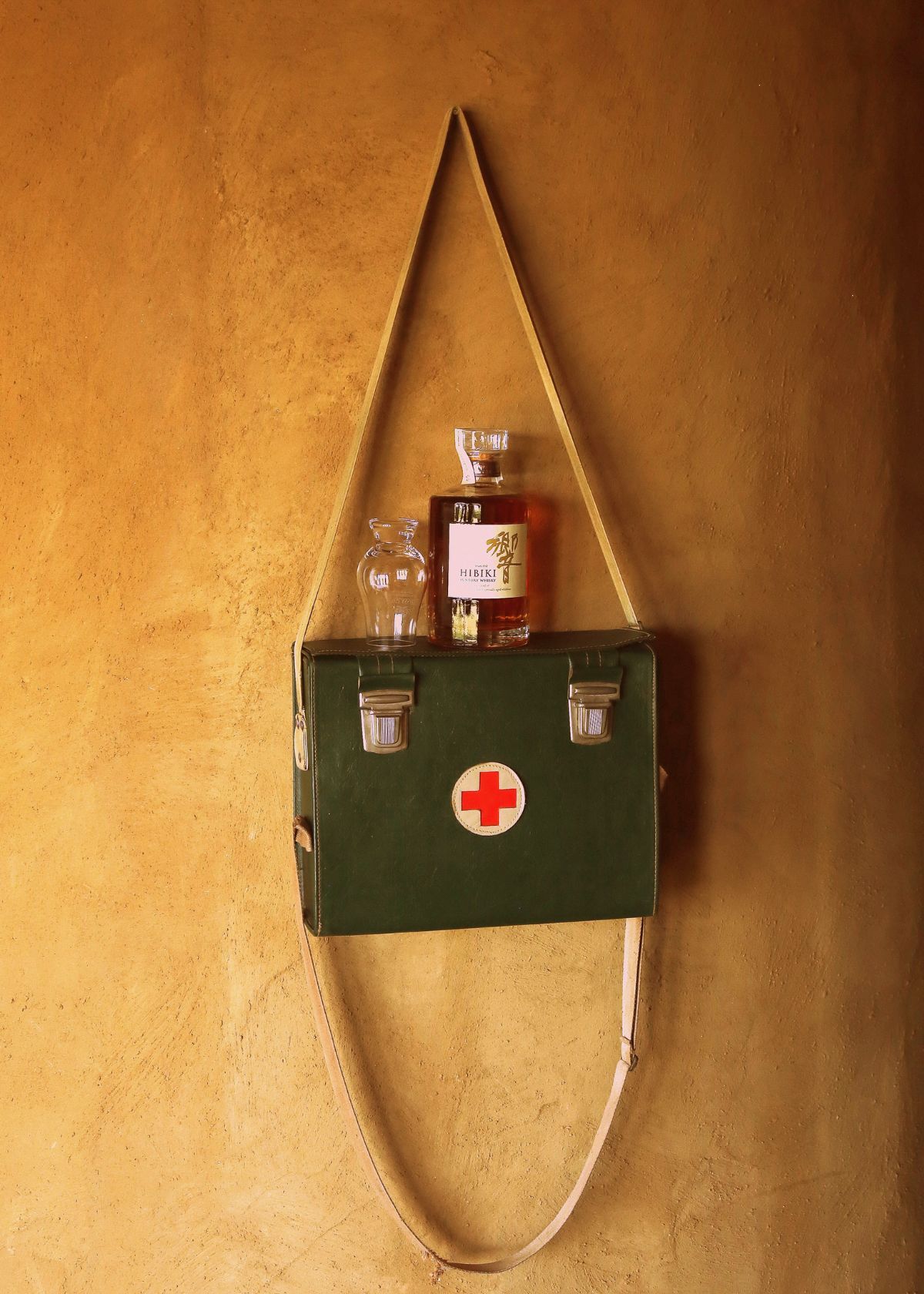
How to Transform Camping Blanket into a Shelter
Transforming a simple camping blanket into a shelter may seem impossible, but with a little creativity and resourcefulness, it can be done. Whether you're a seasoned outdoorsman or a beginner, having a makeshift shelter in the wilderness can make all the difference in your camping experience.

Choosing the Right Blanket
The first step in transforming your camping blanket into a shelter is choosing the right blanket. Not all blankets are created equal; some are better suited for shelter-making than others. Look for blankets that are lightweight, water-resistant, and durable.
A wool or fleece blanket is a good choice, as they are warm and water-resistant. Alternatively, you can opt for a synthetic blanket that is specifically designed for outdoor use.
Setting Up the Shelter
Once you have your blanket, it's time to start setting up your shelter. Begin by finding a suitable location to set up your shelter. Look for an area that is dry and free from any hazards, such as falling debris or steep inclines. You'll also want to make sure that your shelter is protected from the wind.
Creating the Frame
To create the frame for your shelter, you'll need to find a sturdy branch or pole to use as the ridgepole. Once you have your ridgepole, tie one end of your blanket to it using a secure knot, such as a clove hitch. Then, stretch the blanket out and stake down the corners using tent stakes or rocks.
Adding the Walls
To add walls to your shelter, drape your blanket over the ridgepole and secure it to the ground with tent stakes or rocks. If you want to create a door, you can fold one side of the blanket over and secure it to the ground.
Finishing Touches
To make your shelter more comfortable, add additional touches, such as a ground cover or a fire pit. A ground cover will protect you from any moisture on the ground, while a fire pit will keep you warm and provide a source of light.
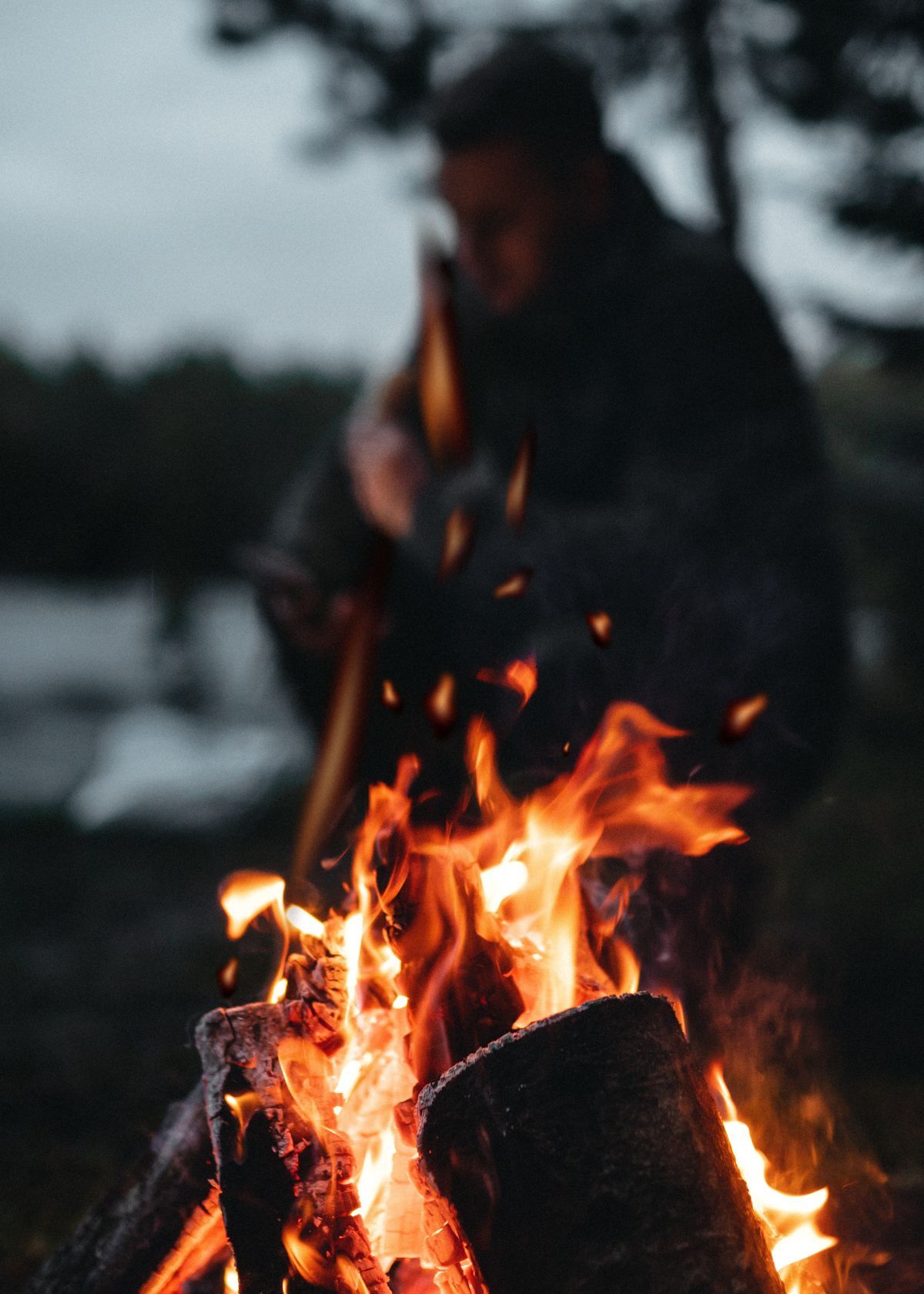
How to Use a Camping Blanket to Create a Secure Shelter
The great outdoors can be a wonderful experience, but it can also be unpredictable. From sudden rain showers to biting winds, nature can throw all sorts of obstacles your way.
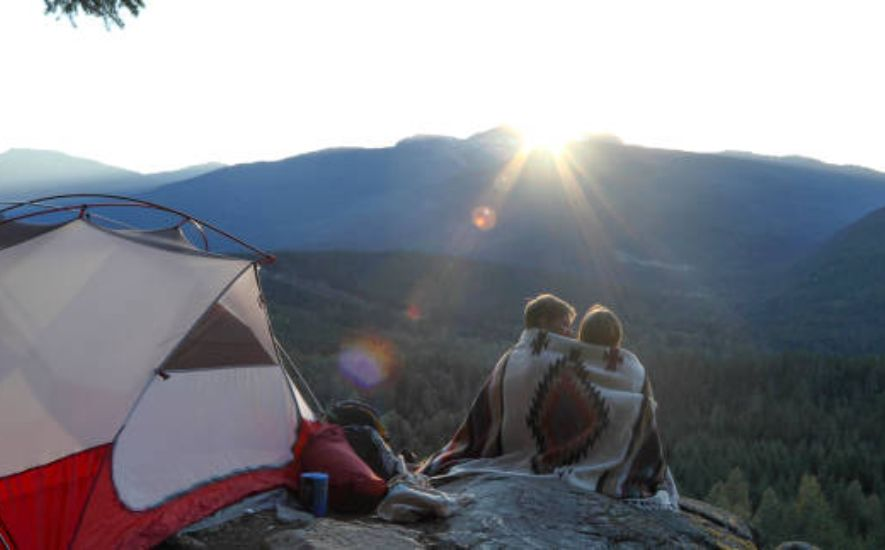
Fortunately, with a little creativity and resourcefulness, you can turn an ordinary camping blanket into a secure shelter that will protect you from the elements.
Choosing the Right Blanket
When it comes to creating a shelter with a camping blanket, the first step is to choose the right one. You'll want a large blanket to provide adequate coverage yet still be lightweight and easy to pack. Look for blankets made from durable materials that are resistant to water and wind.
Basic Shelter Set-Up
Once you've chosen your blanket, it's time to set up your shelter. Start by finding a level, dry spot to lay out your blanket. If there are any rocks or debris in the area, clear them away to ensure a smooth surface. Then, fold your blanket in half and drape it over a low-hanging branch or pole, securing the edges with rocks or stakes.
Adding Extra Protection
While a basic shelter will provide some protection from the elements, you may want to add some extra protection for added comfort. One option is to place a tarp over your blanket to provide additional waterproofing. You can also create a windbreak by stacking rocks or logs on the side of your shelter that is exposed to the wind.
Making It Comfortable
Now that your shelter is set up, it's time to make it comfortable. Start by adding a sleeping pad or air mattress to create a soft and comfortable surface to sleep on. You can also hang a lantern or string lights to create a cozy atmosphere. And don't forget to bring a warm sleeping bag or blanket to keep you snug all night long.
Getting Creative
Creating a camping shelter with a blanket doesn't have to be boring. In fact, it's an opportunity to get creative and show off your personal style. Consider adding decorative touches such as bunting or colorful fabric to make your shelter stand out. To add a rustic touch, you can also use natural elements such as branches or pine cones.
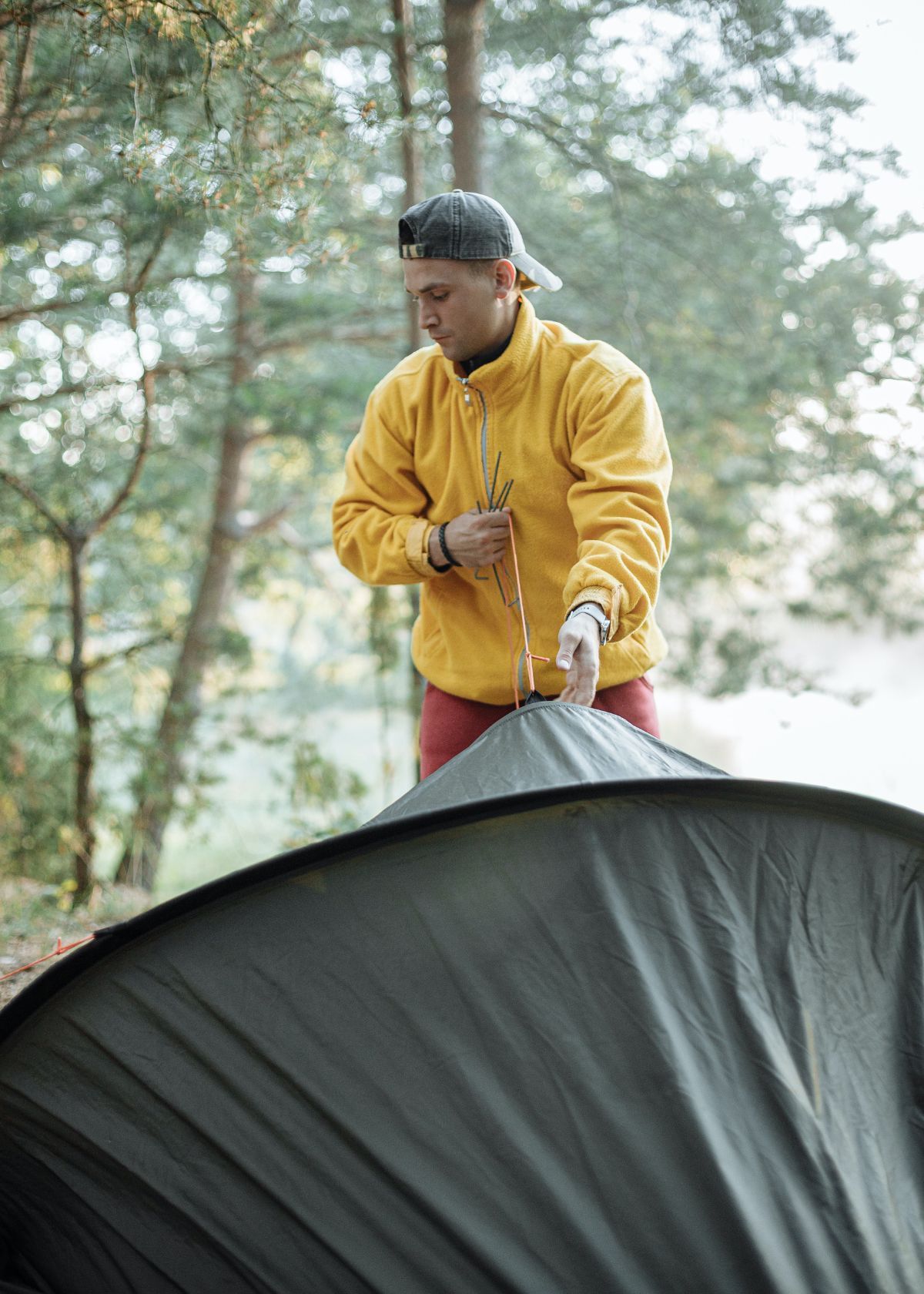
Using Your Camping Blanket for Rapid Deployment
Camping is a great way to escape the hustle and bustle of everyday life and connect with nature. However, it's important to always be prepared for unexpected situations.

Whether you're facing a sudden rainstorm, an unexpected cold snap, or need to provide shelter for someone in need, your camping blanket can be a versatile tool for rapid deployment.
Shelter from the Storm
One of the most common challenges of camping is dealing with sudden changes in cold weather. Your camping blanket can help provide shelter from the elements in a pinch.
By securing one end of the blanket to a nearby tree or other sturdy anchor point and draping the other end over a pole or stick, you can create a makeshift shelter that will keep you dry in a rainstorm. You can also use the blanket to line the bottom of your tent to keep the ground from getting wet and muddy.
Warmth on a Cold Night
Even in the summer months, nighttime temperatures can drop quickly, leaving you shivering in your sleeping bag. Your camping blanket can be a valuable layer of insulation, helping to trap your body heat loss and keep you warm. Use it as an extra layer inside your sleeping bag, or wrap it around your body like a poncho for added warmth.
Emergency First Aid
In an emergency situation, your camping mylar blanket can be a crucial tool for providing first aid. If someone is injured and needs to be transported, the blanket can be used as a makeshift stretcher to help move them to safety. You can also use the blanket to provide insulation and protection from the elements while waiting for help to arrive.
Signaling for Help
If you find yourself lost or in need of rescue, your camping blanket can help you signal for help. Many camping blankets' bright colors and reflective surfaces make them highly visible from a distance, even in low-light conditions. You can also use the blanket to create a signal fire, reflecting sunlight or the glow of a fire to attract attention.
Frequently Asked Questions (FAQs)
When it comes to camping, packing smart is essential. A camping blanket can do more than keep you warm; it can also serve as a makeshift emergency shelter. Here are some FAQs on how to use a camping blanket as an emergency shelter.
How do you use an emergency blanket in a shelter?
An emergency blanket, also known as a space blanket, is a lightweight and compact material made of heat-reflective and waterproof material. It is commonly used in emergency situations to help prevent hypothermia by reflecting the body's heat back toward the person.
In a shelter, a cheap emergency blanket can be used as a ground cover to insulate against cold and dampness, as a makeshift roof to protect against rain, or as an additional layer of insulation to keep the shelter warm. It can also be used as a barrier to keep wind and debris out of the shelter.
What is the use of an emergency blanket in an emergency?
In an emergency, an emergency blanket can be a lifesaver. Its primary use is to help prevent hypothermia by reflecting the body's heat back toward the person. It can also be used to protect against rain, wind, and snow, as well as to create a signal for rescuers by reflecting sunlight or a flashlight.
An emergency blanket's lightweight and compact size makes it easy to carry in a backpack, emergency kit, or even a pocket.
How can a space blanket be used in a survival situation?
In a survival situation, an emergency blanket can be used in a variety of ways. It can be used to create a shelter by wrapping it around trees, rocks, or other objects to create a makeshift tent. It can also be used as a ground cover to insulate against cold and dampness or as an additional layer of insulation to keep the person warm.
In addition, it can be used to create a signal for rescuers by reflecting sunlight or a flashlight. It can also be used to collect dew or rainwater by creating a funnel with the blanket and directing the water into a container.
Can you use the emergency blanket for camping?
Yes, you can use an emergency space blanket for camping, but it is not the most ideal option. While cheap emergency blankets are lightweight and compact, they are not designed for long-term use and may not hold up to the wear and tear of camping.
However, in an emergency situation, an emergency blanket can be used as a temporary survival shelter or as an additional layer of insulation to keep warm. It can also be used as a ground cover to insulate against cold and dampness. Overall, while emergency mylar blankets can be used for camping, it is recommended to use a more durable and long-lasting option for regular camping trips.
Conclusion
In conclusion, a camping blanket can be a versatile tool in emergencies. Understanding how to properly set up and utilize a camping blanket as an emergency shelter can greatly increase your chances of survival in the great outdoors.
With its lightweight and compact design, a camping blanket can easily fit in your backpack and provide the protection and warmth you need when unexpected circumstances arise.
Whether you're a seasoned outdoors enthusiast or a casual camper, knowing how to use a camping blanket is a valuable skill that can make all the difference in a crisis. So next time you venture into the wilderness, be sure to pack a survival blanket and keep this valuable information in mind. Stay safe, stay warm, and happy camping!



